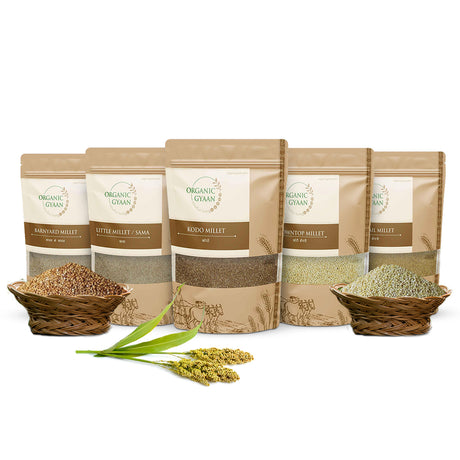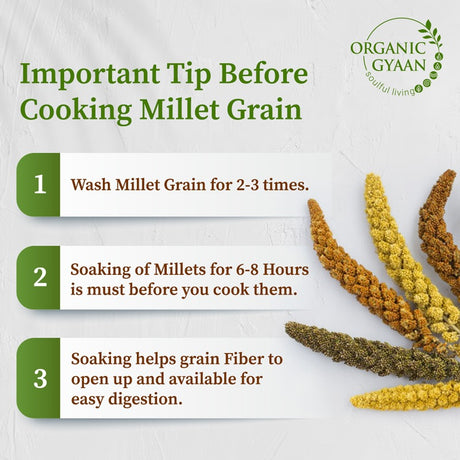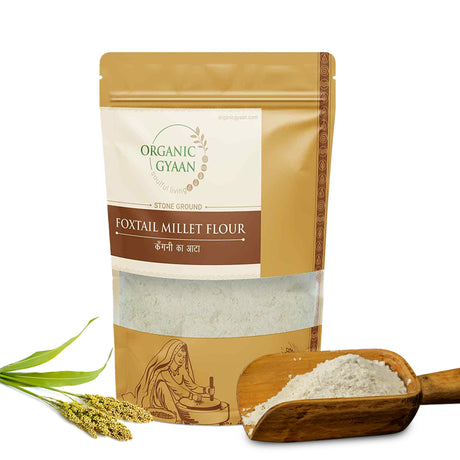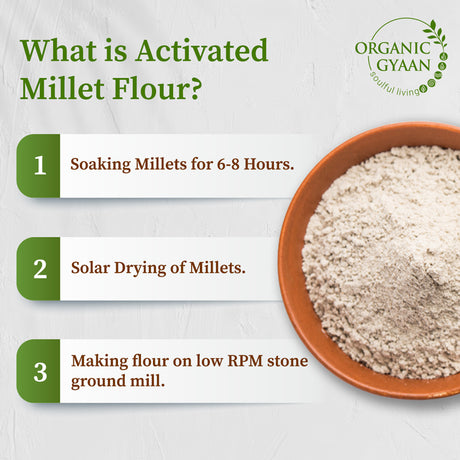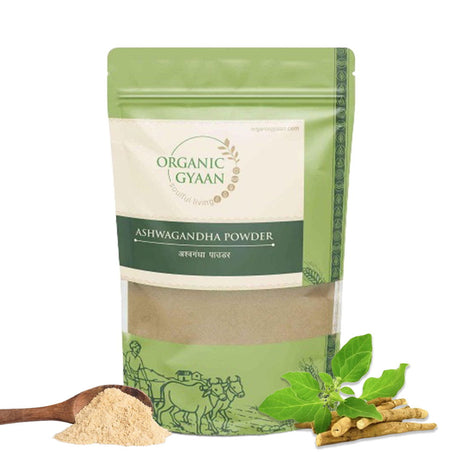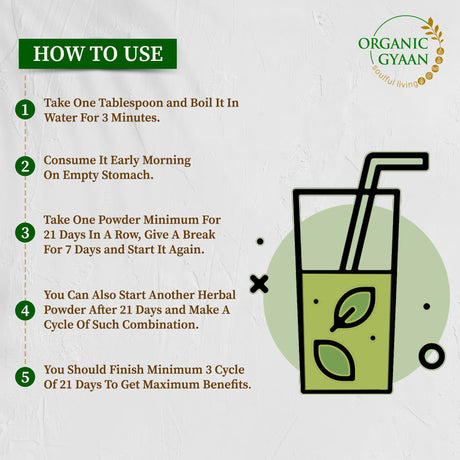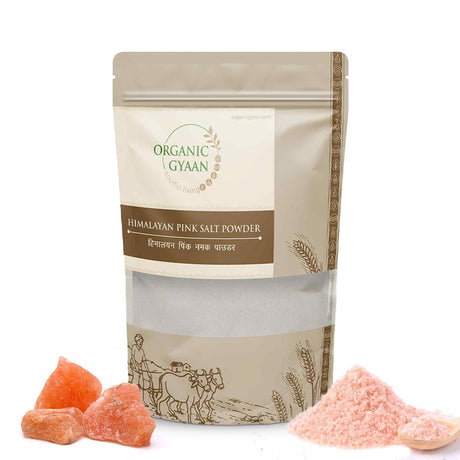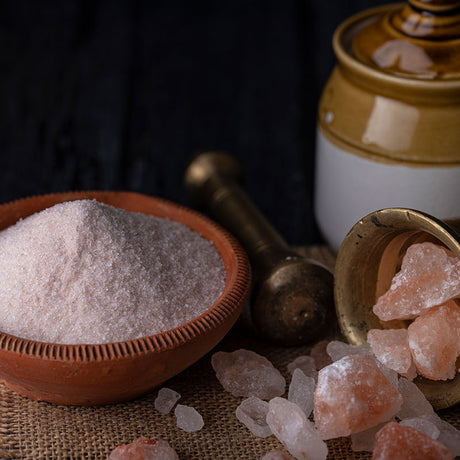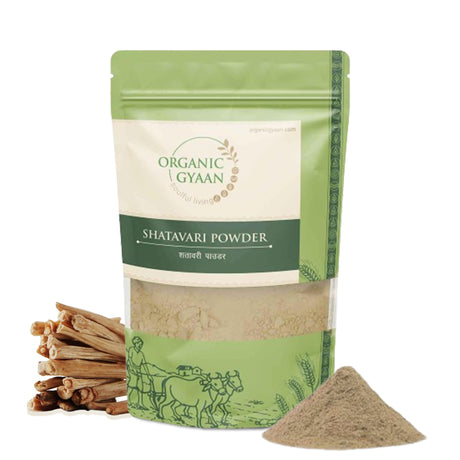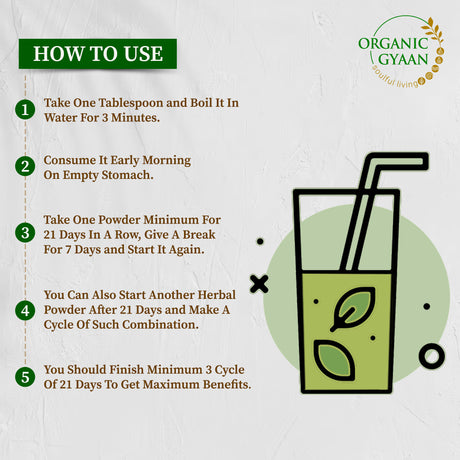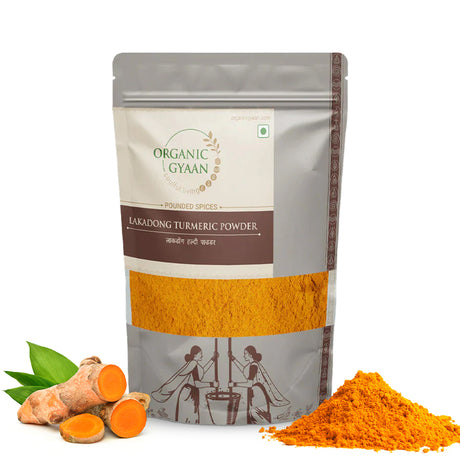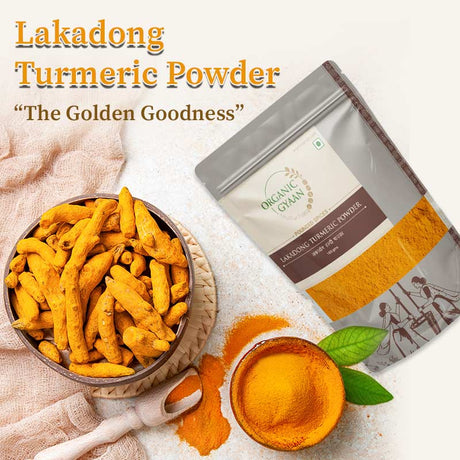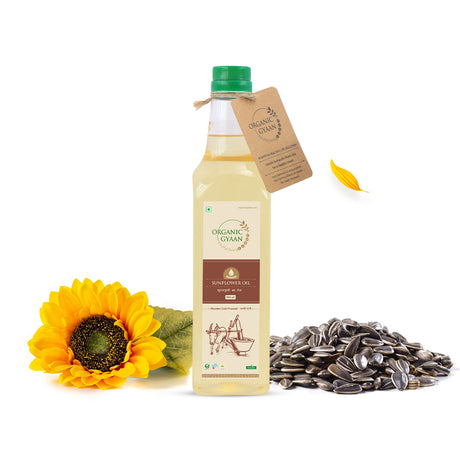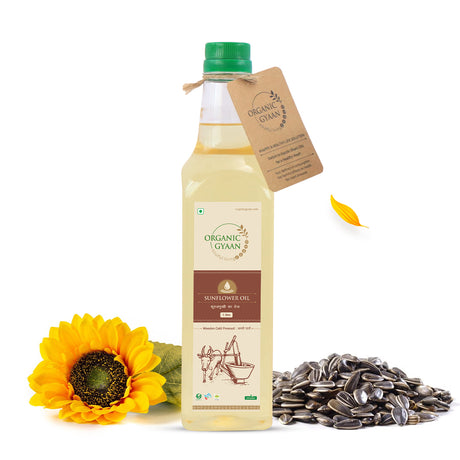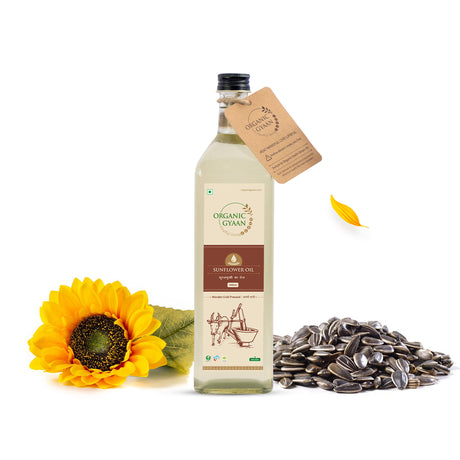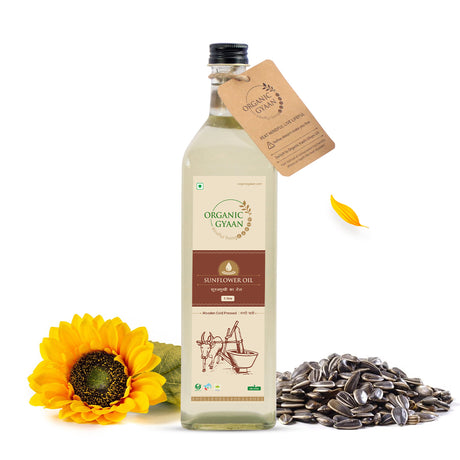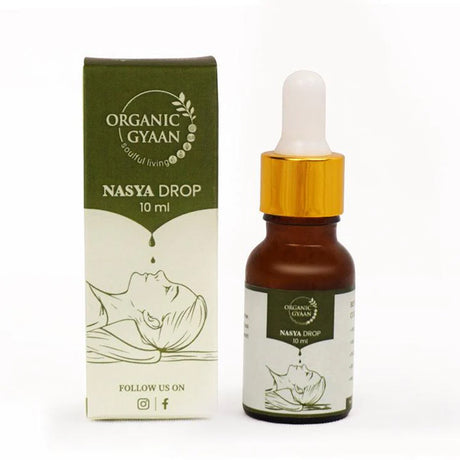Did you know that little millet, one of the smallest grains in the millet family, has been grown in India for thousands of years and is now being rediscovered as a superfood? With people today moving towards healthier and gluten-free diets, traditional grains like little millet are finding their way back to the table.
From helping in weight management and diabetes control to boosting digestion and heart health, the list of little millet benefits is impressive. On top of that, it’s easy to cook, tastes great, and can replace rice in most recipes. But like all foods, it also has a few things you should know before making it a daily habit.
What is Little Millet?
Little millet (Panicum sumatrense) is a tiny, round grain that looks a bit like small rice. It is one of the Siridhanya millets often mentioned in Ayurveda for promoting good health. Unlike polished rice, which loses many nutrients during processing, little millet is rich in fiber, minerals, and vitamins even after cooking.
It is naturally gluten-free, making it perfect for people who are sensitive to wheat or looking for lighter grains. Because of its quick cooking time, it’s also easy to use in daily meals. Many people today are replacing rice with little millet to improve digestion and maintain healthy body weight.
Nutrition Profile of Little Millet (per 100g)
Understanding the nutritional value makes it clear why little millet is called a “smart grain.”
- Calories: ~207 kcal
- Protein: 7.7 g
- Fiber: 7.6 g
- Carbohydrates: 67 g
- Fat: 4.7 g
- Calcium: 17 mg
- Iron: 9.3 mg
- Magnesium: 114 mg
- Glycemic Index: ~50 (low to medium)
This shows that little millet is high in fiber and iron while still being light on the stomach. It provides slow-release energy, making it a great grain for everyday meals.
Top Little Millet Benefits
1. Supports Weight Loss
One of the most well-known little millet benefits is weight management. Thanks to its high fiber content, it keeps you full for longer and reduces the urge to snack between meals. This means fewer calories consumed without feeling deprived.
Compared to polished white rice, little millet digests slowly and releases energy gradually. This not only helps in weight control but also keeps you energetic throughout the day without sudden hunger pangs.
2. Helps Control Blood Sugar
If you or someone you love is managing diabetes, little millet can be a smart addition to the diet. Its low glycemic index means it releases glucose slowly into the blood, preventing sudden spikes in sugar levels.
Research suggests that regular consumption of millets like little millet improves insulin sensitivity and supports long-term sugar control. It can be a natural alternative to refined carbs for diabetics and people at risk of developing diabetes.
3. Improves Digestion
Fiber is food for the gut, and little millet is loaded with it. The high dietary fiber helps regulate bowel movements, reduces constipation, and supports better absorption of nutrients.
What makes it even better is that the fiber in little millet also acts as a prebiotic - feeding good bacteria in the gut. A healthier gut means better immunity, better mood, and even improved metabolism.
4. Promotes Heart Health
Heart health is another area where little millet benefits shine. The magnesium and potassium in little millet help regulate blood pressure naturally, while fiber lowers LDL cholesterol levels.
Eating little millet regularly can support overall cardiovascular health by improving circulation and reducing the risk of heart-related diseases. When paired with a diet rich in fresh vegetables, it becomes a heart-friendly superfood.
5. Rich in Antioxidants
Little millet may be tiny, but it’s full of antioxidants like phenolic compounds. These antioxidants fight free radicals, reduce inflammation, and slow down the aging process.
Studies show that eating antioxidant-rich foods regularly helps lower the risk of chronic diseases like cancer and diabetes. By including little millet in your meals, you’re adding a natural shield against everyday stress and lifestyle-related conditions.
6. Strengthens Bones and Teeth
With minerals like calcium, magnesium, and phosphorus, little millet supports bone strength. This is especially important for children, women, and older adults who are more prone to weak bones or osteoporosis.
Unlike refined grains, little millet retains these minerals even after cooking, making it a natural source of nutrients that support skeletal health.
7. Improves Energy and Immunity
Because little millet is rich in iron and B vitamins, it helps in the production of hemoglobin and improves oxygen supply in the body. This means better energy levels and reduced fatigue.
Regular consumption can also help fight anemia and boost immunity, making it especially useful for women, children, and those with low hemoglobin levels.
Easy Little Millet Recipes
The beauty of little millet is its versatility- it can replace rice or be turned into tasty snacks and meals. Here are a few ideas:
1. Little Millet Upma
Cook roasted little millet with onions, ginger, green chilies, curry leaves, and vegetables. It makes for a light and nutritious breakfast.
2. Little Millet Khichdi
Pressure cook little millet with moong dal, turmeric, cumin, and seasonal veggies. It’s soothing, easy to digest, and perfect for lunch or dinner.
3. Little Millet Pongal
Cook little millet with moong dal, pepper, cumin, and ginger. Finish with a ghee tempering for a protein-rich, comforting dish.
4. Little Millet Salad
Mix boiled little millet with cucumbers, tomatoes, carrots, lemon juice, and herbs. A refreshing salad that’s both filling and light.
Side Effects of Little Millet
While the benefits are many, a few points of caution are important:
- Digestive issues: Eating too much millet may cause bloating or gas in sensitive people due to its high fiber.
- Thyroid concerns: Like other millets, little millet contains goitrogens, which may affect thyroid function if consumed in very large amounts.
- Anti-nutrients: Raw millet contains compounds like phytic acid that can block mineral absorption. Soaking and cooking reduce these effects.
The key is moderation. A small serving of little millet a few times a week is generally safe and very beneficial.
Conclusion
Little millet may be small in size, but its benefits are huge. From weight loss and diabetes control to better digestion, heart health, bone strength, and energy, it truly deserves a place in your daily diet.
It’s easy to cook, versatile in recipes, and highly nutritious. While it has a few side effects when overconsumed, proper soaking, cooking, and moderation make it a safe and healthy choice for most people.
If you’re looking for a natural way to improve your meals, start by replacing rice with little millet once or twice a week. Over time, this simple change can make a big difference in your overall health.

